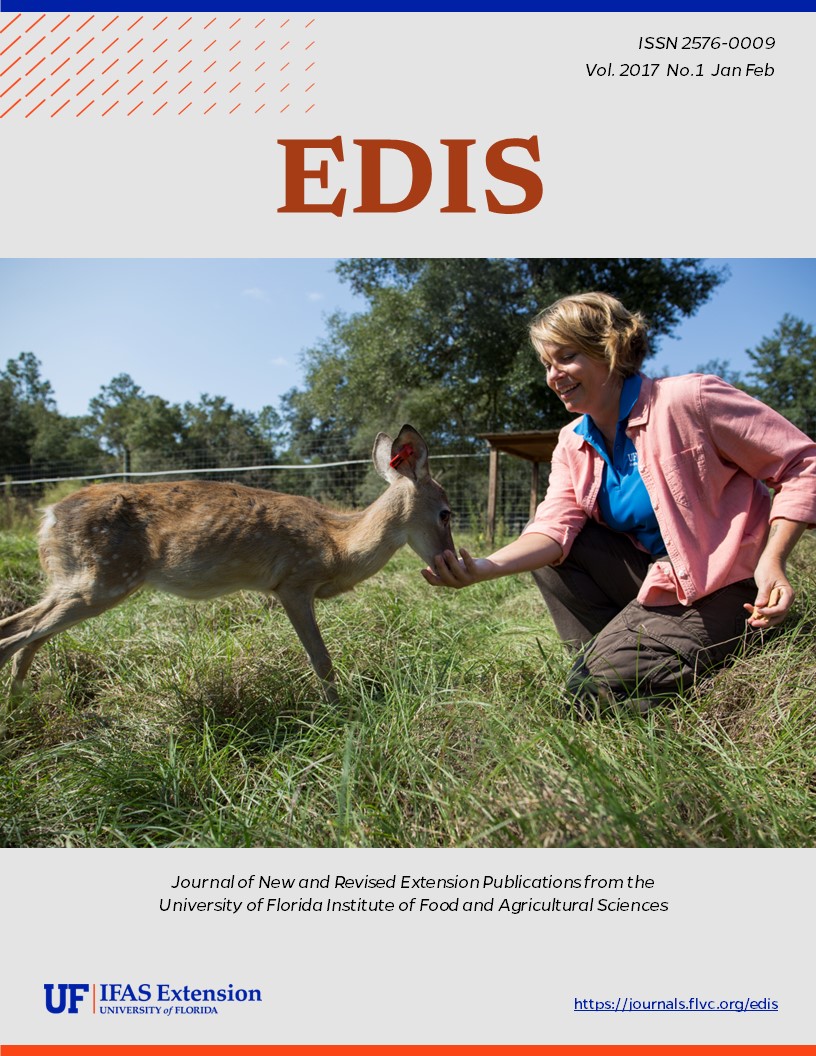Abstract
Includes: Introduction - Synonymy - Distribution - Description - Life Cycle - Hosts - Ecology - Damage - Management - Selected References
Also available on the Featured Creatures website at http://entnemdept.ufl.edu/creatures/trees/Neuroterus_saltatorius.htm
References
Allen JA. 1910. Bulletin of the American Museum of Natural History. Vol. XXVII. New York: Published by order of the Trustees.
Duncan RW. 1997. Jumping gall wasp. Forest Pest Leaflet (Fo 29-6/80-1997E). Natural Resources Canada, Canadian Forest Service, Pacific Forestry Centre, British Columbia, Canada.
Guthmiller M. 2015. Southern Wisconsin Forest Health Update. Wisconsin Department of Natural Resources, Forest Health Protection Unit, 12. http://dnr.wi.gov (6 June 2016)
Kinsey, AC. 1922. The gall wasp genus Neuroterus (Hymenoptera). Indiana University Studies 58, pp. 150.
Liu T. 1991. The association between fungal endophytes and the Jumping gall wasp (Neuroterus saltatorius) on Garry oak (Quercus garryana). Masters thesis. University of Oregon, Eugene, Oregon, US.
Marshall P. 1999. A jumping gall invades southern Indiana forests. Illinois Department of Natural Resources, Division of Forestry, 8 (31 March 2016)
McCracken I, Egbert D. 1922. California gall-making Cynipidae with descriptions of new species plates I and II. Stanford University Publications. University Series. Biological Sciences Vol III Number 1. Standford University Press.
Manier S, Deamer D. 2014. Jumping galls: A novel mechanism for motility. Journal of Insect Behavior 27: 716-721. https://doi.org/10.1007/s10905-014-9462-4
Minnesota Department of Natural Resources, Jumping oak gall. http://dnr.state.mn.us (6 June 2016).
Missouri Botanical Garden: Gardens and gardening, Jumping oak galls. http://www.missouribotanicalgarden.org (31 March 2016)
Prior KM, Hellmann, JJ. 2010. Impact of an invasive oak gall wasp on a native butterfly: A test of plant-mediated competition. Ecology 91: 3284-3293. https://doi.org/10.1890/09-1314.1
Prior KM, Hellmann JJ. 2013. Does enemy loss cause release? A biogeographical comparison of parasitoid effects on an introduced insect. Ecology 94: 1015-1024. https://doi.org/10.1890/12-1710.1
Rosenthal SS, Koehler CS. 1971. Heterogony in some gall-forming Cynipidae (Hymenoptera) with notes on the biology of Neuroterus saltatorius. Annals of the Entomological Society of America 64: 565-570. https://doi.org/10.1093/aesa/64.3.565
Russell J, Smith J. 2013. Michigan State University Extension Jumping oak gall causing damage to white oak. http://msue.anr.msu.edu (6 June 2016).
Schick K. 2002. Cynipid-induced galls and California oaks. Fremontia 30: 15-18.
Smith JL. 1995. Life history, survivorship, and parasitoid complex of the jumping gall wasp, Neuroterus saltatorius (Edwards) on Garry oak, Quercus garryana Douglas. Masters thesis. University of Victoria, Victoria, British Columbia, Canada.
Sopow S. 1992. Parasitoids and predators of the jumping gall wasp, Neuroterus saltatorius in the Capital Regional District. Unpublished Report. Pacific Forestry Centre, Natural Resources, Canada.
This work is licensed under a Creative Commons Attribution-NonCommercial-NoDerivs 4.0 International (CC BY-NC-ND 4.0) license.

